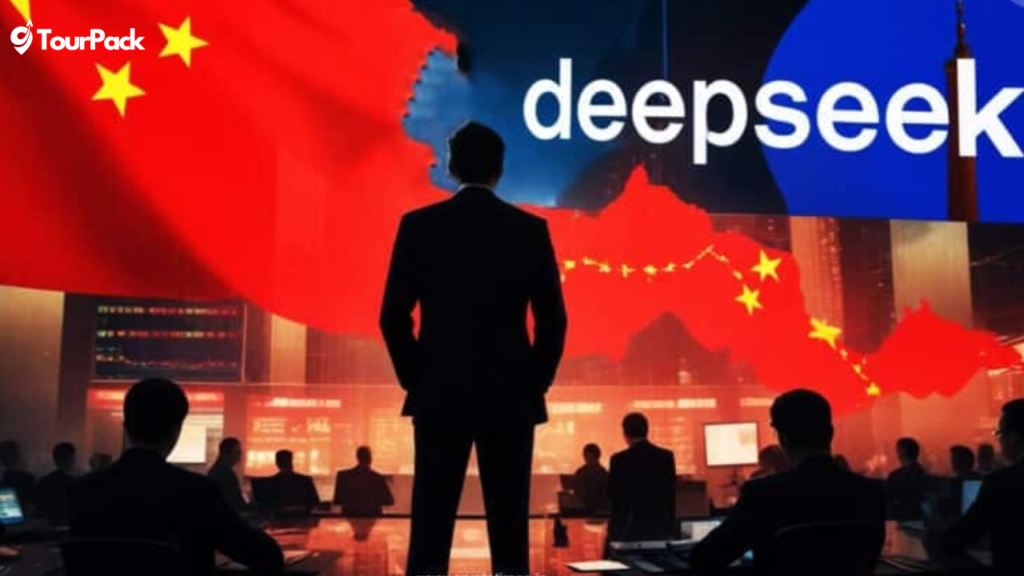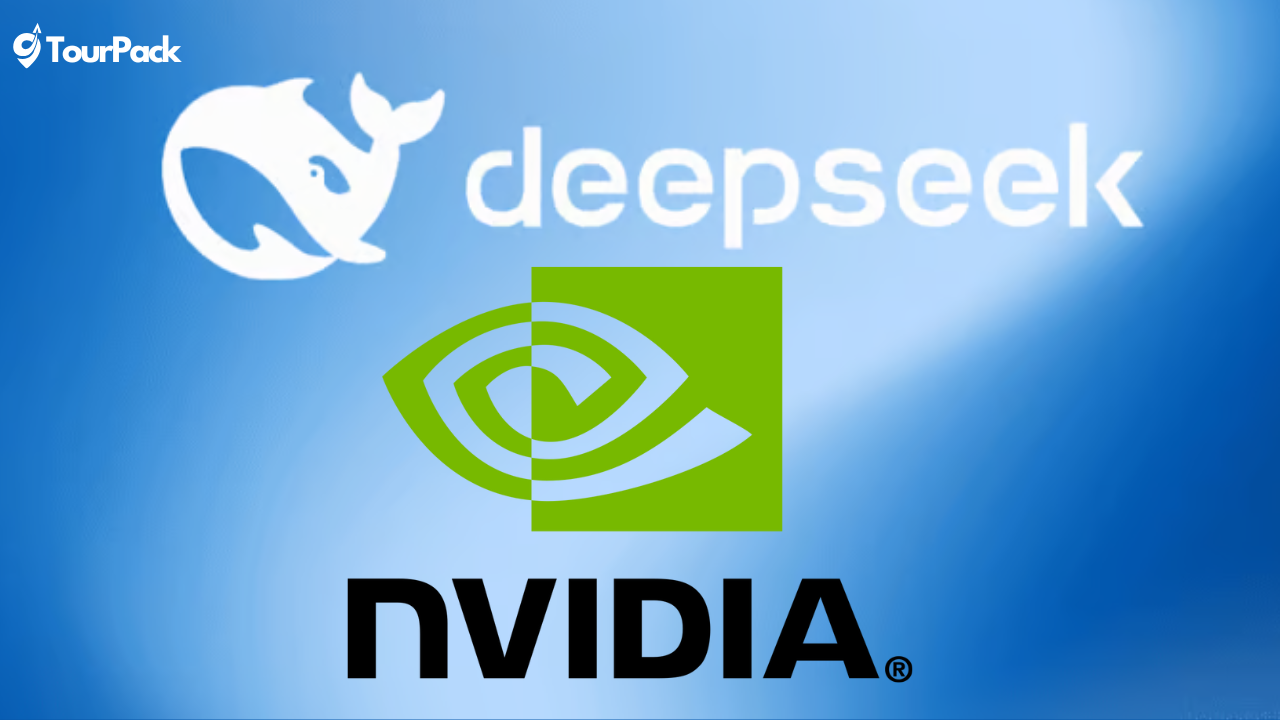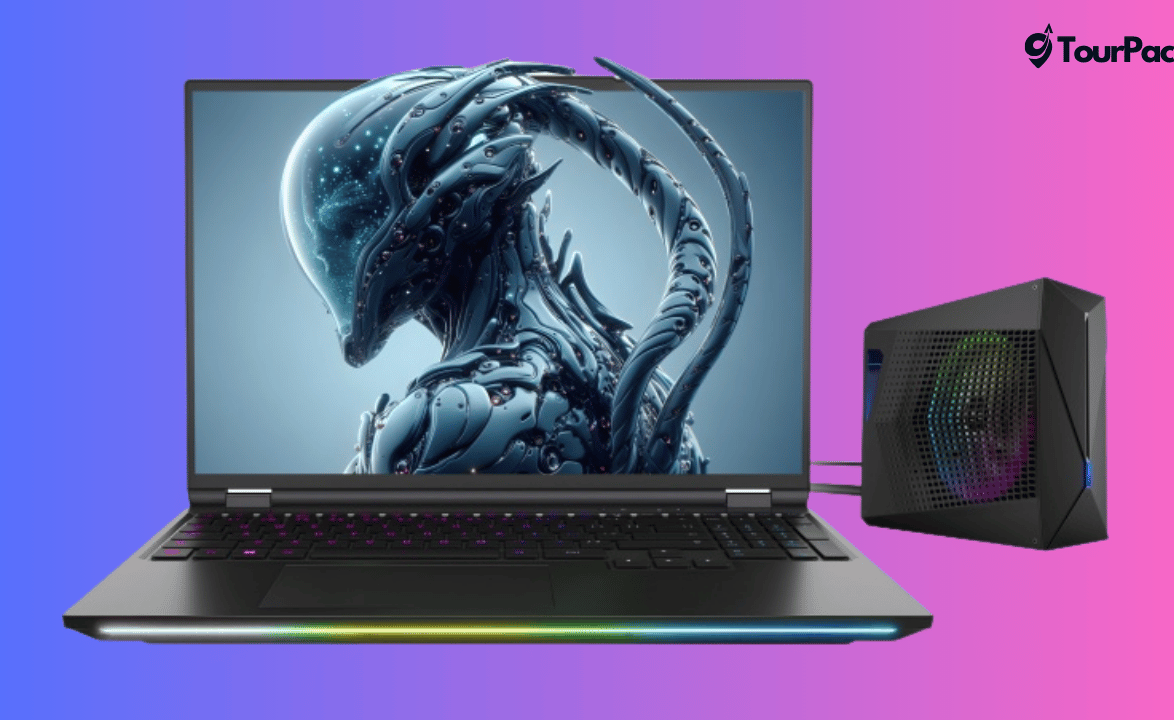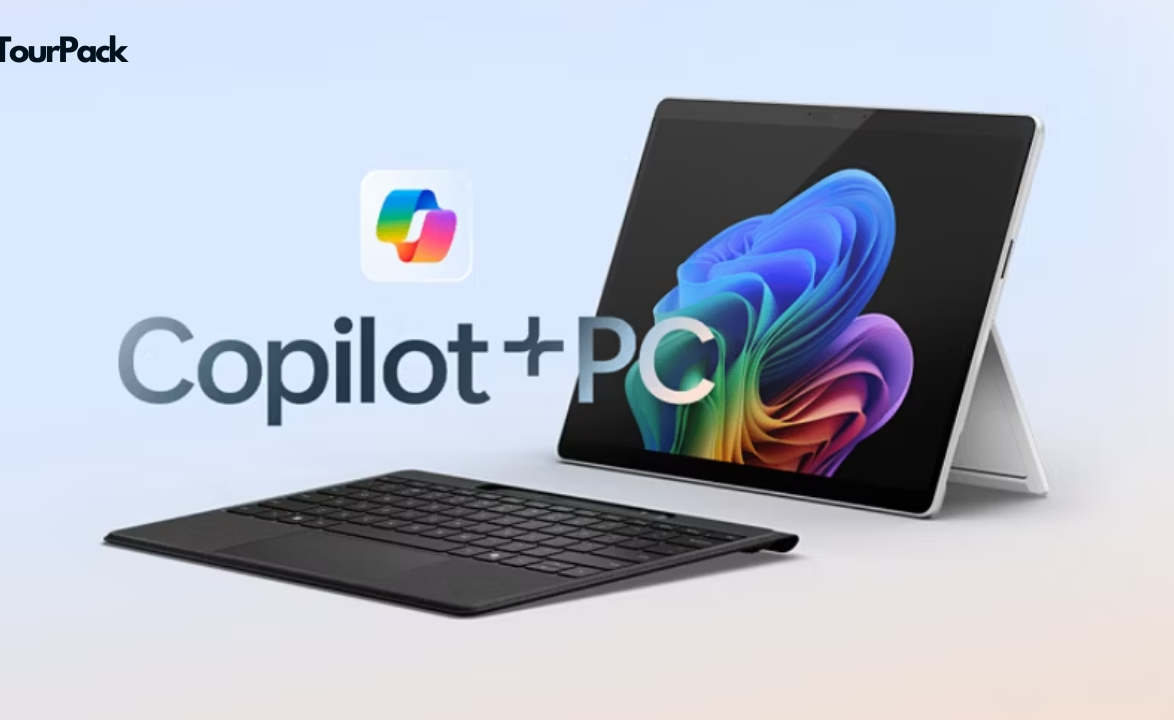In a shocking turn of events, latest artificial intelligence (AI) of DeepSeek AI breakthrough has bypassed Nvidia’s industry-standard CUDA, opting instead for Nvidia’s own assembly-like PTX programming. This development has sent shockwaves through the tech and investment worlds, leading to a massive sell-off of Nvidia stock, erasing $589 billion in market value.
DeepSeek’s Disruption: A New Era in AI Computing
On December 27, 2024, DeepSeek unveiled its revolutionary AI technology, demonstrating a novel approach to GPU computing. Unlike traditional AI models that rely on Nvidia’s CUDA (Compute Unified Device Architecture) for GPU acceleration, DeepSeek’s technology directly interfaces with Nvidia’s PTX (Parallel Thread Execution) assembly-like language. PTX serves as an intermediate representation for Nvidia GPUs, allowing lower-level control over hardware execution while bypassing CUDA’s higher-level abstraction.

This bypass eliminates Nvidia’s software lock-in, potentially allowing for more optimized and efficient AI computations without the constraints of CUDA’s proprietary ecosystem. By working directly with PTX, DeepSeek can tailor its AI models for maximum hardware efficiency, improving performance and reducing latency. Additionally, the move opens the door for alternative AI frameworks to leverage Nvidia’s hardware without relying on CUDA, which has long been a gatekeeper in AI software development.
Industry experts speculate that this advancement could lower hardware costs and democratize high-performance AI development. Traditional AI models have been heavily reliant on CUDA, which binds developers to Nvidia’s ecosystem. With DeepSeek’s breakthrough, AI researchers and enterprises can now explore custom solutions that optimize performance while reducing dependence on Nvidia’s software stack.
Market Reaction: Nvidia Loses $589 Billion in Value
On January 28, 2025, following the public realization of DeepSeek’s technological breakthrough, investors reacted with panic. Nvidia’s stock plummeted, wiping out an astounding $589 billion in market capitalization. The decline reflects widespread fears that Nvidia’s dominance in AI computing could be at risk as developers and enterprises explore non-CUDA-dependent solutions.
Analysts are now questioning whether Nvidia can maintain its stronghold on the AI industry, given that its software ecosystem has been a key driver of its profitability. The rapid decline in stock value suggests that investors foresee significant challenges ahead for Nvidia as DeepSeek’s innovation gains traction. Wall Street analysts are particularly concerned that Nvidia’s AI hardware dominance is deeply intertwined with CUDA, meaning any widespread departure from the framework could erode its competitive edge.
Some experts argue that Nvidia could attempt to counteract this disruption by evolving its software strategy, possibly embracing more open-source initiatives or optimizing CUDA to compete more effectively with PTX-based solutions. However, it remains uncertain whether such measures would be enough to curb the shifting momentum in AI computing.

OpenAI’s Sam Altman Weighs In
Adding to the industry buzz, OpenAI CEO Sam Altman called DeepSeek “impressive” in a statement today. This acknowledgment is particularly significant because, in 2023, Altman himself had declared that competing with Nvidia’s AI hardware ecosystem was nearly impossible. His change in stance underscores the disruptive potential of DeepSeek’s innovation.
Altman’s endorsement signals that major AI players are taking DeepSeek’s approach seriously. If OpenAI and other industry leaders begin integrating PTX-based AI frameworks, Nvidia could face increasing pressure to adapt or risk losing its stronghold over AI software development. Given OpenAI’s significant role in shaping modern AI applications, its alignment with DeepSeek’s approach could have far-reaching implications for the future of AI computing.
Beyond OpenAI, other AI giants such as Google DeepMind, Meta AI, and Microsoft Research are expected to evaluate DeepSeek’s approach closely. If DeepSeek’s technology proves to be more efficient and scalable, a major industry-wide shift away from CUDA could become a reality sooner than anticipated.
What’s Next for Nvidia and AI Computing?

While Nvidia remains a dominant force in AI hardware, the emergence of DeepSeek’s technology raises critical questions about the future of AI computing. Will Nvidia revise its software strategy to counteract this disruption? Could other AI firms follow DeepSeek’s lead and abandon CUDA in favor of PTX programming?
If DeepSeek’s PTX-based approach continues to gain traction, Nvidia may be forced to rethink its software ecosystem to maintain relevance. Some possibilities include:
- Opening CUDA: Nvidia could make CUDA more accessible, integrating more flexibility to work alongside PTX or other emerging AI frameworks.
- Optimizing PTX for Wider Adoption: Nvidia could enhance PTX programming support to attract developers who wish to leverage its hardware without full CUDA dependency.
- Competing with Proprietary AI Hardware: Nvidia could accelerate efforts in developing specialized AI chips that optimize performance beyond what DeepSeek’s approach can achieve.
Regardless of Nvidia’s response, one thing is certain: the AI landscape is shifting, and DeepSeek’s breakthrough has ignited a race for innovation that could reshape the industry. Investors, developers, and tech giants alike will be watching closely as the battle for AI computing supremacy unfolds.
Final Thoughts: The AI Revolution is Here
The emergence of DeepSeek’s AI technology marks a pivotal moment in the evolution of artificial intelligence. As the industry moves beyond traditional constraints, we are witnessing the dawn of a new AI revolution—one that prioritizes efficiency, accessibility, and competition over proprietary control.
This shift has far-reaching implications, not just for Nvidia but for the entire AI ecosystem. Companies that adapt to these new paradigms will thrive, while those resistant to change may struggle to keep pace. DeepSeek’s breakthrough has sparked a transformation that will drive AI innovation for years to come.
As researchers and developers continue to push the boundaries of AI computing, one thing is clear: the future of AI is being rewritten, and those who embrace change will shape the next era of technological progress.
Stay tuned for further updates as we continue to track this groundbreaking development in the AI world.







Leave a Comment
Your email address will not be published. Required fields are marked *